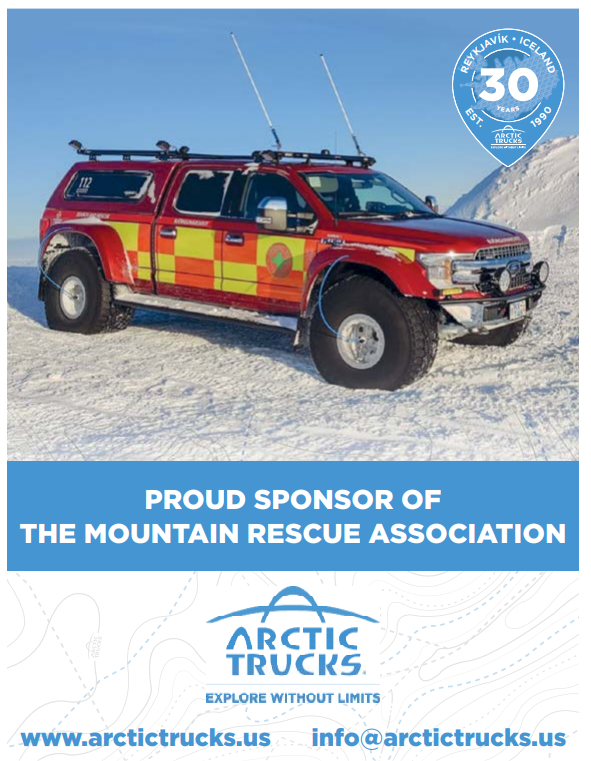Rick Lindfors – Meridian Editor in Chief
This year Apple introduced new features for its new smartphone and that caught the eyes of many. IPhone 14 series users could now use an Emergency SOS feature to call for emergency services even when outside of cell phone range. The system uses a satellite connection to share basic location and incident details and pass them along to the appropriate agencies to respond. An early example of success came from Alaska in December On December 1, 2022 Alaska state troopers received an iPhone SOS alert that a man had become stranded while traveling in a snow machine. Apple’s emergency response center provided GPS coordinates to search and rescue teams who were able to locate and retrieve the man. Since the system’s introduction, there has been a steady stream of incidents where people were able to get help in areas where they otherwise wouldn’t be able to call due to lack of cell service. The latest generation of iPhones and Apple Watches can also send out an alert in the event of a car crash, which can potentially bring someone life-saving care if they are incapacitated after a major incident.
The introduction of these features brings features to the everyday consumer that were normally available on separate satellite-connected devices. Backpackers and climbers are very familiar with devices like SPOT beacons, Garmin communication devices and other brands that offer satellite connectivity for emergency alerts in the backcountry. But the casual hiker or commuter may not have or consider owning these devices unless they regularly go off the grid. Overall, the broader access to this type of communication could likely improve the response time for search and rescue and rural fire agencies to crashes or outdoor enthusiasts in an emergency.
The caveat, of course, is that we’re talking about a system that is based on an iPhone or Apple Watch, which have limited battery life. While battery life continues to improve with new generations of devices, SAR agencies have often advised people to carry an additional communication device when going off the grid. Smartphones in general are also relatively delicate compared to dedicated satellite beacons. However, the Apple system is based on sending a satellite message with coordinates once an incident happens. Provided that the person involved in the incident does not change locations, rescuers will still be able to locate and provide assistance even if their device runs out of battery before the person is located. Another catch is accidental activation. I and several colleagues have seen our apple devices ask if we’ve had an emergency after falling while skiing or snowboarding. As reported by GearJunkie earlier this year, 911 centers around some popular ski resorts have had to sort through accidental activation of SOS after falls that didn’t constitute an emergency, putting a burden on dispatchers.
All things considered, preparedness outside of having a smartphone will always improve survival odds, and this will constantly be a staple in the education provided by search and rescue agencies in hope of preventing these incidents to begin with.


